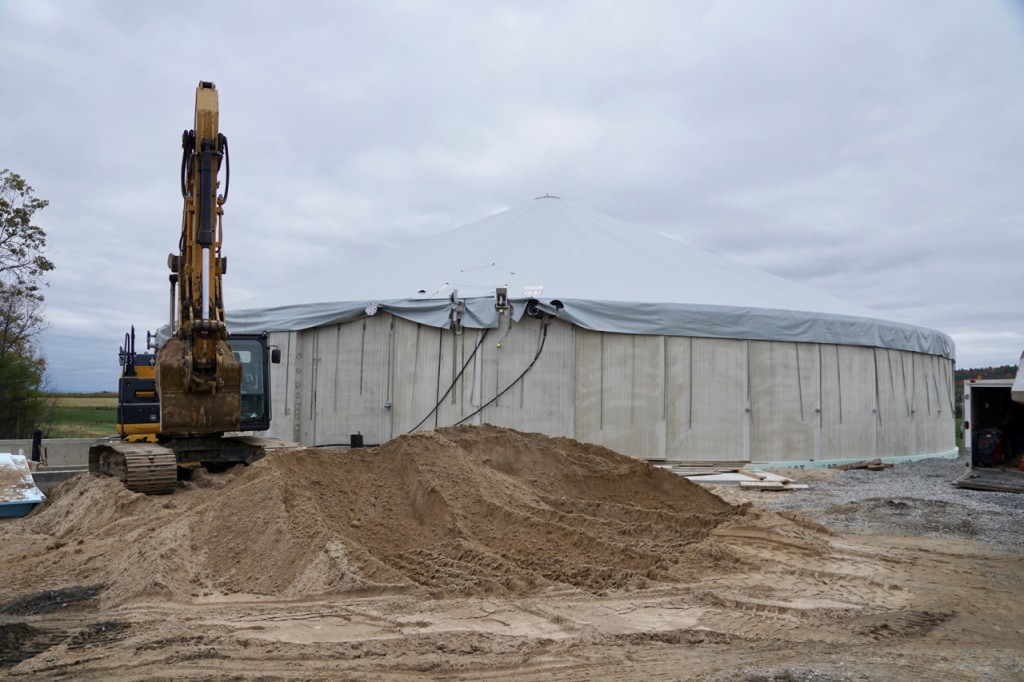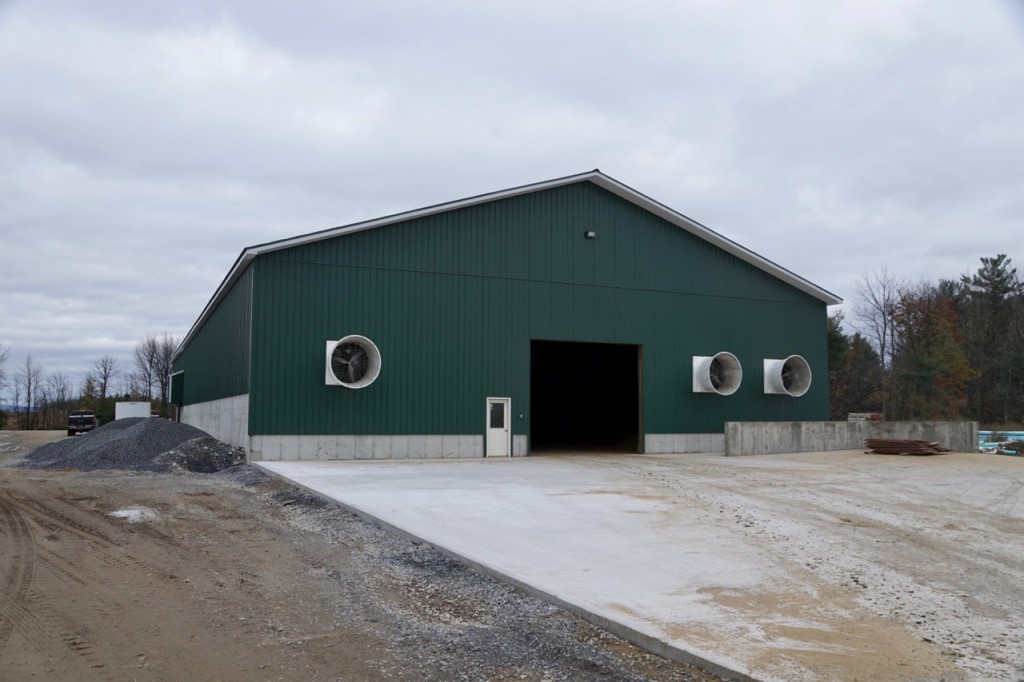Attempting to Minimize Environmental Impact
By John T. Ryan
Peru – Dairy farming has undergone a worldwide revolutionary change over the past half-century including here in Peru. Manure disposal is the change most evident to local residents. Huge trucks and spreaders transport manure on rural roads to distant fields and when the manure is spread the odor can be considerable. If things go as planned over the next several months Adirondack Farms, Peru’s largest dairy farm with some 5,000 head, will be significantly reducing its manure odor and the farm equipment travel associated with its disposal.
Adirondack Farms co-owner Jon Rulfs explained, “We’re doing this for two reasons – environmental and community relations. We’ll be significantly reducing the odor.” The odor reduction will be accomplished by an anaerobic digester and introduction of a draghose manure application system.
Anaerobic digestion takes advantage of decompositoin of organic matter (manure) by bacteria in the absence of oxygen. Fermentation occurring in a digester’s controlled environment transforms manure into a liquid effluent and biogas. The digested liquid emits significantly less odor. The biogas can power an electrical generator or can be converted into natural gas. At this point in time all the electrical power generated at Adirondack Farms will enter the NYSEG power grid. The heat generated in the fermentation process can also be put to multiple uses on and off the farm and the manure solids can be used as an animal bedding material.
Rulfs said, “There’s been a tremendous focus on solar and wind energy. This digester will run 24-7, 365 days a year.” Adirondack Farms has a tremendous supply of raw material. A mature cow produces approximately 120 pounds of manure daily.
The draghose manure application method is feasible because digested manure is more liquified than raw manure making it easier to pump long distances. In a few months Adirondack Farms will be installing 12 inch pipes to transport liquified manure up to two miles from its Brown Road barns and from other satellite storage pits. Rulfs said, “We’ll be eliminating spreaders and will be pumping manure directly to the fields where we can.”
Once liquified manure reaches the field it is pumped via flexible hose to a tractor equipped with an implement that immediately incorporates the manure in the soil. Very little manure is exposed to air resulting in significant odor control.
Hopefully, this significant Adirondack Farms investment will result in sweeter smells in and around Peru.
Posted: November 3rd, 2016 under Adirondack Region News, Agricultural News, Environmental News, General News, Northern NY News, Peru News, Peru/Regional History.


